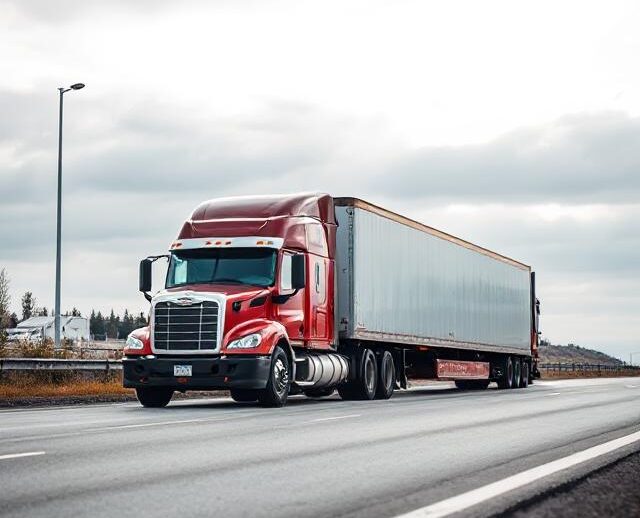Discover the 7 biggest challenges impacting truck drivers and fleet owners in India — from poor infrastructure and fuel costs to driver shortages and policy issues. Understand what’s holding back the logistics sector.
7 Critical Challenges Affecting Truck Drivers and Fleet Owners in India
India’s vast logistics sector runs on trucks — but the people behind the wheel and those managing fleets are facing mounting pressure. From skyrocketing costs to systemic inefficiencies, truck drivers and fleet owners are navigating an increasingly difficult landscape.
Here’s a deep dive into seven major challenges they face in the Indian trucking ecosystem.
1. 🛣️ Poor Road Infrastructure
While expressways and highways have improved, many routes still suffer from potholes, congestion, and lack of connectivity.
- Narrow or damaged roads lead to frequent breakdowns
- Long delays increase fuel consumption and delivery times
- Lack of proper signage and lighting adds safety risks
Impact: Higher operational costs, longer delivery times, and lower efficiency.
2. ⛽ Volatile Fuel Prices
Fuel accounts for nearly 50–60% of operating expenses for truckers.
- Diesel price fluctuations strain budgets
- CNG is more affordable but has limited refueling infrastructure
- Fuel theft and misuse are persistent problems
Impact: Profit margins shrink, and small operators struggle to remain viable.
3. 👷 Acute Driver Shortage and Poor Working Conditions
India faces a shortfall of over 1 million commercial drivers, and the ones on the road face harsh conditions.
- Long hours, low pay, and lack of dignity in the profession
- Minimal access to hygienic rest stops or medical help
- Safety concerns, especially at night or on remote roads
Impact: Low driver retention, underutilized trucks, and rising wage demands.
4. 🧾 Complex Compliance and Regulatory Burden
Fleet owners must navigate multiple state-level and national regulations.
- Overlapping permits, tolls, and taxes
- Frequent harassment and bribe demands at checkpoints
- Penalties for paperwork errors, even when systems like FASTag or e-way bills are used
Impact: Wasted time, added cost, and frustration among operators.
5. 🛠️ Lack of Standardized Vehicle Maintenance and Service
There’s a wide gap in vehicle maintenance quality across India.
- Many fleet owners rely on roadside mechanics
- Lack of preventive maintenance increases breakdowns
- Poor service records reduce resale value and insurance eligibility
Impact: Higher downtime and unpredictability in fleet availability.
6. 📉 Fragmented Industry and Low Tech Adoption
India’s trucking industry is highly fragmented, with 70–80% of trucks owned by small operators.
- Little access to fleet management software
- Manual tracking and billing processes
- Low awareness of route optimization or telematics solutions
Impact: Missed opportunities for cost savings, speed, and transparency.
7. 🔄 Slow Government Support and Policy Execution
Although the government has introduced reforms like FASTag and Gati Shakti, implementation remains slow and uneven.
- Lack of coordination between state and central authorities
- Few incentives for clean energy adoption
- Poor feedback mechanisms between truckers and policymakers
Impact: Little improvement in ground realities for drivers and fleet businesses.
🚛 The Ripple Effect
These challenges don’t just affect individual businesses — they disrupt India’s entire supply chain.
- Late deliveries hurt retailers and manufacturers
- Logistics costs increase product prices
- Inconsistent service affects export reliability
🛠️ What Needs to Change?
To support India’s truckers and fleet operators, stakeholders must focus on:
- Building all-weather roads and safe rest infrastructure
- Creating better pay structures and facilities for drivers
- Streamlining permits and eliminating corruption
- Training and supporting small fleet operators with tech adoption
- Accelerating green trucking and EV infrastructure
- Incentivizing driver recruitment and retention
🔚 Final Thoughts
India’s trucking system can only thrive if the backbone of the industry—its drivers and fleet owners—are empowered and protected.
By solving these critical challenges, we’re not just fixing trucks. We’re strengthening the engine that powers India’s economy.

